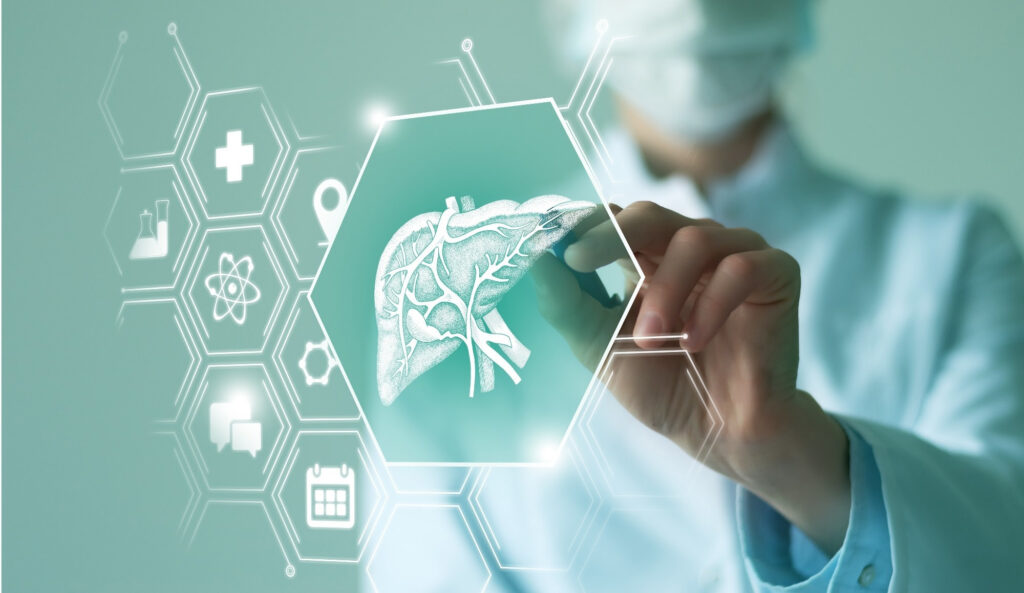By Jenna Philpott, BScReviewed by Lily Ramsey, LLM
Significant advancements in diabetes management have marked the evolution of insulin delivery methods. Insulin was initially administered through injections, often leading to inconsistent blood glucose level control.
The introduction of insulin pens made self-administration more accessible and less painful. Further breakthroughs came with insulin pumps, allowing continuous subcutaneous insulin infusion and improving glucose control.
Continuous Glucose Monitoring (CGM) devices revolutionized diabetes management by providing real-time data for better decision-making. The integration of CGM with insulin pumps paved the way for Artificial Pancreas Systems (APS), enabling automated insulin delivery and enhancing the quality of life for individuals with diabetes.
These advancements demonstrate the critical role of medical devices in transforming diabetes care.
Image Credit: mi_viri/Shutterstock.com

Historical overview: the evolution of insulin delivery
Traditional insulin delivery methods, including syringes, insulin pens, and earlier insulin pumps, have evolved over time. Syringes were among the earliest tools for insulin administration, requiring manual injection. Insulin pens brought greater convenience, using pre-filled cartridges for more accessible self-injection.
However, these methods still involve multiple daily injections, often leading to inconsistent blood glucose control. Early insulin pumps introduced continuous subcutaneous insulin infusion, offering better control but were bulky and required frequent site changes. Patients also faced challenges with discreetness, social stigma, and complex calculations.
Challenges included the need for frequent blood glucose monitoring and manual adjustments. Furthermore, traditional methods, such as during meals or physical activity, couldn’t adapt to varying insulin needs. Patients often had to bear the burden of constant management, leading to potential errors and lifestyle disruptions.
The age of bionic technology
Bionic technology involves the fusion of biological and artificial elements to enhance or replace natural functions in the human body. In the medical field, bionic technology creates devices or systems that mimic or augment biological processes, improving patients’ health and quality of life.
In insulin delivery, bionic advancements transform how insulin is administered to individuals with diabetes. APS, for example, uses bionic technology to continuously monitor glucose levels and deliver insulin in a manner that closely resembles the function of a natural pancreas.
These systems rely on advanced algorithms, sensors, and automated insulin pumps to regulate blood sugar, reducing the need for manual intervention and improving glucose control.
Bionic insulin delivery devices are revolutionizing diabetes management by offering patients more precise, adaptable, and user-friendly solutions.
Next-generation insulin pumps and artificial pancreas systems
State-of-the-art insulin pumps have evolved significantly, offering increased accuracy, adaptability, and user-friendliness. These pumps incorporate advanced features such as CGM integration, predictive low glucose suspend (PLGS) capabilities, and smartphone connectivity. They can adjust insulin delivery based on real-time CGM data, reducing the risk of hypoglycemia and hyperglycemia.
The artificial pancreas represents a groundbreaking concept in diabetes management. It functions as an automated insulin delivery system, combining CGM and insulin pumps with sophisticated algorithms.
The system continuously monitors glucose levels and administers precise insulin doses, mimicking the natural function of the pancreas. This closed-loop system offers the potential to maintain tighter glucose control and reduce the burden of constant monitoring and manual insulin adjustments for individuals with diabetes.
What is an insulin pump?
Benefits and improvements for patients
Bionic devices, like advanced insulin pumps and artificial pancreas systems, offer diabetic patients increased convenience, efficiency, and safety in managing their condition.
These devices automate insulin delivery, eliminating the need for frequent injections and enabling users to fine-tune insulin profiles. They continuously monitor glucose levels and respond promptly to fluctuations, delivering precise insulin doses for better glycemic control.
Moreover, these systems enhance safety by reducing the risk of hypoglycemia through real-time adjustments. By reducing hypoglycemic events and maintaining stable blood sugar levels, bionic devices promote overall health and better glycemic control, ultimately improving the quality of life for individuals with diabetes.
Challenges and considerations
Challenges with advanced diabetes management devices include affordability, as some patients may find them expensive.
Additional hurdles include Regular device maintenance and training on device operation. Ensuring reliable access to these technologies, addressing potential technical malfunctions, and minimizing the patient learning curve are ongoing concerns.
Medical professionals are studying long-term implications, such as device durability and performance, and potential risks, like device-related infections. Comprehensive research aims to identify and address limitations to ensure these advanced systems’ safe and effective use, promoting better diabetes management and overall patient well-being.
Bionic advancements in diabetes management have the potential to revolutionize care by offering precise, automated insulin delivery, reducing the burden on patients, and improving glycemic control. These innovations signify a promising future for diabetes management.
Ongoing research and innovation are essential to optimize these technologies further and make them accessible to a broader patient population.
Continued development and exploration in the field of medical devices for diabetes hold the key to enhancing the quality of life for those with diabetes. It’s crucial to remain open to emerging technologies and support their advancement to benefit individuals managing this chronic condition.
References
- Nwokolo, M. and Hovorka, R. (2023). The Artificial Pancreas and Type 1 Diabetes. The Journal of Clinical Endocrinology & Metabolism. doi:https://doi.org/10.1210/clinem/dgad068.
- Sherwood, J.S., Russell, S.J. and Putman, M.S. (2020). New and Emerging Technologies in Type 1 Diabetes. Endocrinology and Metabolism Clinics of North America, 49(4), pp.667–678. doi:https://doi.org/10.1016/j.ecl.2020.07.006.
- Yoo, J.H. and Kim, J.H. (2023). Advances in Continuous Glucose Monitoring and Integrated Devices for Management of Diabetes with Insulin-Based Therapy: Improvement in Glycemic Control. Korean Diabetes Journal, [online] 47(1). doi:https://doi.org/10.4093/dmj.2022.0271.

Leave a Reply